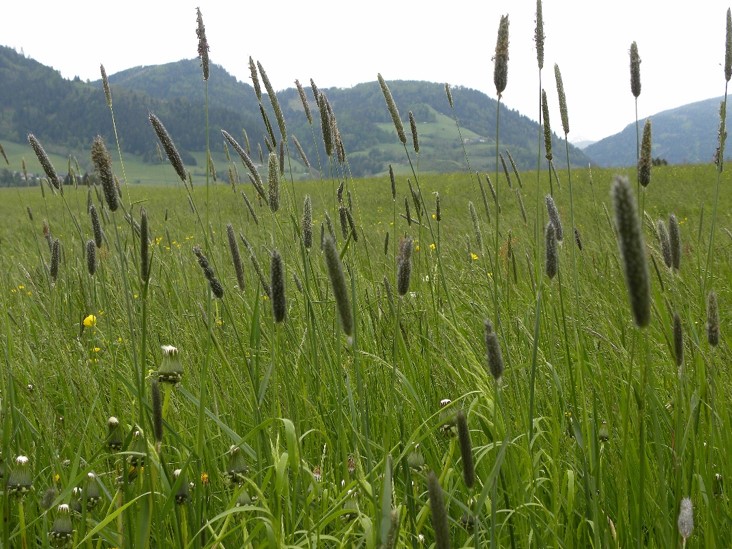This experiment was carried out in 1971.
In the following video, project manager Dr. Andreas Bohner, that fertilization and management have a significant influence on the composition and yield of the plant population.
Fertilization is an essential measure in agriculture to return nutrients that are removed through the permanent use of the stock (cutting or grazing).
Clover can bind nitrogen (N) from the air via nodule bacteria on the roots, and therefore benefits from higher phosphorus-potash (PK) fertilization and is more represented on plots without nitrogen fertilization.
Grasses, on the other hand, benefit from high levels of nitrogen and displace legumes (clover) and herbs.
In the current trial, the highest yields were recorded for the NK, NPK and WD variants. The lowest yields were found in the N, P and NP variants.
However, the most species-rich plant populations have established themselves over the years on the fallow land without fertilizer.







